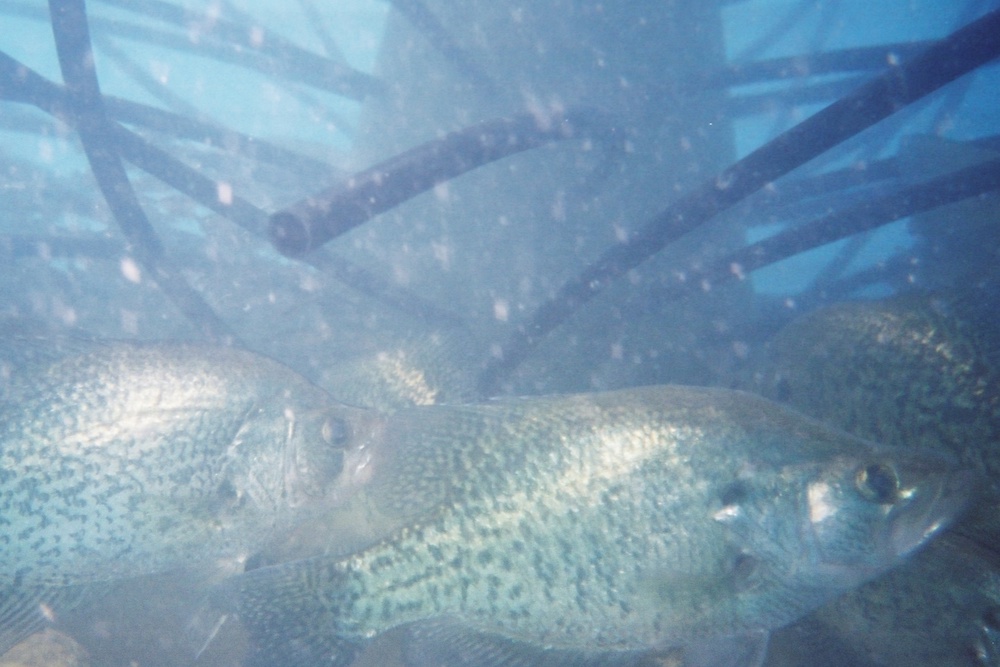Largemouth Bass or Micropterus salmoides are perhaps the most sought-after fish to stock in ponds. They provide excellent angling opportunities, grow to relatively large sizes, and spawn readily when environmental conditions are favorable.
The following article will discuss spawning period, reproductive strategies, and management options to increase reproductive activity in Largemouth Bass, a popular species in Texas.
Largemouth Bass
As with most species of fish, reproduction is influenced by environmental variables such as photoperiod and water temperature. Among fishes, initiation and termination of seasonal reproductive development is usually controlled by two environmental variables: photoperiod and water temperature.
Photoperiod is thought of as initiating a reproductive period and water temperature typically provides terminating cues. Within Texas, post Fall and early Winter, once water temperature increases above approximately 60 ° F, spawning typically occurs and continues throughout a range between 60-75 ° F (give or take some variability). Some systems within Texas are less variable and warmer due to anthropogenic influences such as hot water discharge from electrical plant operations. These systems typically do not induce typical spawning cycles among fishes. However, within most pond and small lake environments, spawning normally commences within the temperature range corresponding to late Winter or early Spring season.
Largemouth Bass are a nest constructing species, meaning that males sweep substrate on the bottom of ponds with their fins to create a circular, semi-hollowed area. Males will then attract females to the nest, where, upon successful mating, adhesive eggs are deposited by a female and fertilized concurrently by a male within the nest. Male Bass will guard the nest from predators and sweep the eggs with their fins. Sweeping with fins aids in water circulation and helps the eggs to stay exposed in order to avoid siltation—which could potentially smother the egg. A male will guard the nest for several weeks. From egg to larval fish, time to hatch varies and is dependent on water temperature.
Next Steps
Pond owners looking to increase the amount of spawning within their pond have several management options to consider. Of these options, increasing available spawning habitat can promote efficient reproductive patterns. Pond King’s fish attractors are the perfect addition to any artificial habitat, promoting effective spawning within silt laden ponds and lakes.
For more information about artificial fish habitats, or to speak with a biologist, call or email Pond King today. At Pond King, we are committed to providing the best management advice, services, and products to augment your aquatic resource.



